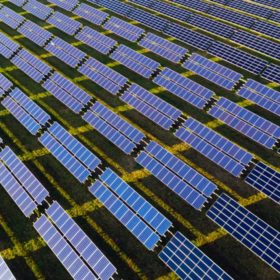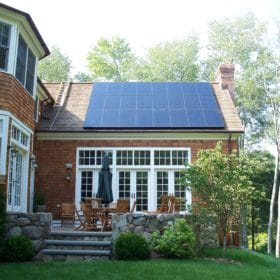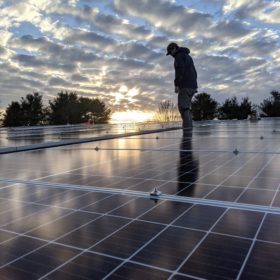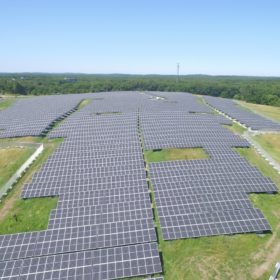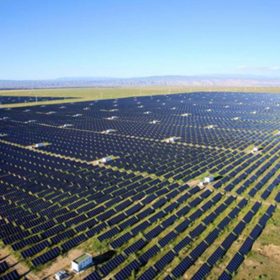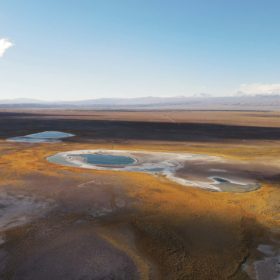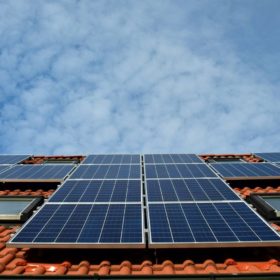Supply and construction partners selected for Gemini solar project
Kiewit Power Constructors will serve as the project’s EPC partner, IHI Terrasun Solutions will serve as the battery integrator, and the project will use Maxeon Solar Technologies’ high efficiency bifacial solar modules.
Coal company Peabody launches joint venture to develop solar in mining country
In a joint venture with Riverstone Credit Partners and Summit Partners Credit Advisors, R3 Renewables plans to develop over 3.3GW of solar PV and 1.6GW of battery storage capacity over the next five years.
Lawrence Berkeley report outlines shifts in demographics of US residential solar adopters
Less affluent households are adopting residential solar but higher incomes found among solar-plus-storage users.
Sunrise brief: Solar PV grows 26% again – stays exponential as it blows past 4% of US electricity in 2021
Also on the rise: Massachusetts issues request for proposals to develop a plan guiding the deployment of 10-20GW of solar power. Honeywell batteries deployed at Hecate Energy utility-scale solar and storage project. SEIA offers framework for siting community solar projects. A clunky tax credit system keeps vital incentives like the ITC and PTC from working the way Congress intended. Solar maintained its place as the country’s fastest-growing electrical resource, while widespread droughts caused hydropower to fall and coal saw a brief resurgence. Auxin antidumping case “an affront to the industry” said SOLV Energy CEO
Growing from three up to twenty gigawatts of solar power – Massachusetts seeks guidance
A request for proposals has been released to develop a plan guiding the deployment of 10-20GW of solar power by 2050 as the state seeks to fully decarbonize itself.
50 states of solar incentives: Maine
In this series, pv magazine will be exploring incentives and programs available to both installers and customers of all sizes looking to go solar state-by-state, across the country.
State Grid of China unveils plans for 100GW battery fleet
China’s largest state-owned grid operator and power utility plans to deploy the world’s biggest battery fleet and almost quadruple its pumped hydro storage by 2030, thus supporting the nation’s switch to renewable energy sources.
CellCube secures long-term supply of vanadium redox flow battery electrolyte
US Vanadium will produce the VRFB electrolyte at its Hot Springs, Arkansas, production facility. The supply agreement is thought to be the largest executed outside of China.
Plans finalized for lithium extraction project in Arkansas
Standard Lithium and LANXESS Corporation have come to terms on an agreement to speed the development of the first commercial lithium project in Arkansas.
Sunrise brief: LG to exit solar module business, close US manufacturing facility
Also on the rise: Polysilicon reaches highest price since 2011. Ingeteam supplied 4.2GW of solar and battery inverters in 2021. WiTricity announces wireless EV charging. Job moves at Silfab Solar, LG Energy Solution, Centrica Business Solutions, and more. Why solar is a good fit for coal country.

